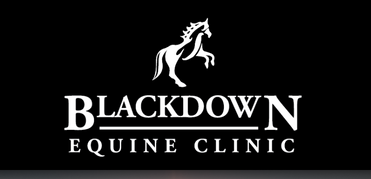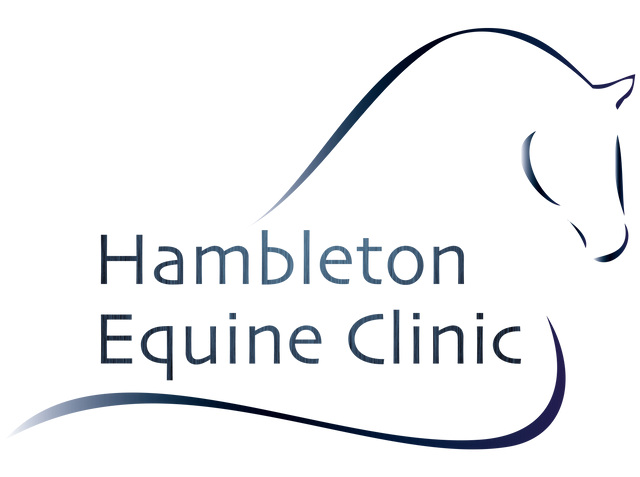Expert Advice
The Vet - Arranging a pre-purchase examination
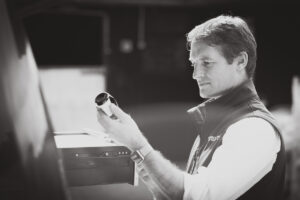 I’m a great believer in building a relationship with your client; I like to take time to find out what a buyer is really looking for – a good vet will add value. You wouldn’t buy a Ferrari for a learner driver just because you have a healthy budget. Vets are there to give you professional veterinary advice, helping you find the best horse for your needs. An older pony requiring a little veterinary maintenance can sometimes be a more sensible choice than a young horse for a young child. Spend some time on the phone explaining your needs to the vet you choose.
I’m a great believer in building a relationship with your client; I like to take time to find out what a buyer is really looking for – a good vet will add value. You wouldn’t buy a Ferrari for a learner driver just because you have a healthy budget. Vets are there to give you professional veterinary advice, helping you find the best horse for your needs. An older pony requiring a little veterinary maintenance can sometimes be a more sensible choice than a young horse for a young child. Spend some time on the phone explaining your needs to the vet you choose.
It’s also prudent to do some basic checks yourself – ask to see the passport and check the description and age match. Ask for a copy of the veterinary history. If you only find routine vet work on the records they provide, ask if they use more than one practice. It’s not uncommon for clients to use different practices for different jobs. Vets are a huge help when it comes to professional guidance.
Mark Emerson – Emerson & Watson
Chiropractor – making the most of your horse
 One thing that always baffles me when buying horses is the response prospective sellers give when asked ‘is the horse maintained by a chiro, osteo or physio?’ It shouldn’t be something that we are nervous to ask or answer. All horses would benefit from maintenance treatment, we ask them to do so much for us…
Always ask whether they have ongoing care and if there are any reports to accompany those treatments? They will tell you things you may need to focus on in training to achieve the next step in performance.
If you buy locally, ask who the professional is looking after the horse and consider using them, knowing the horse, its history and quirks is valuable information.
When you visit a potential horse, walk and trot it up. Look carefully at where all four feet land; they should be inline without much crossover. When trotting, look at the pelvis and tail. Is it holding its tail to one side or dropping one side compared to the other? These are signs of a bio mechanical issue and will need some help.
Run your fingers from the poll to the croup. See how much twitching and dipping there is. Horses aren’t ticklish (yes I’ve heard it a million times!), these are areas that are sore and being overstimulated by the nerves beneath the skin.
Matthew Kenna DC BSc, MSc (Chiro) IAVC MRCC Veterinary Chiropractor
One thing that always baffles me when buying horses is the response prospective sellers give when asked ‘is the horse maintained by a chiro, osteo or physio?’ It shouldn’t be something that we are nervous to ask or answer. All horses would benefit from maintenance treatment, we ask them to do so much for us…
Always ask whether they have ongoing care and if there are any reports to accompany those treatments? They will tell you things you may need to focus on in training to achieve the next step in performance.
If you buy locally, ask who the professional is looking after the horse and consider using them, knowing the horse, its history and quirks is valuable information.
When you visit a potential horse, walk and trot it up. Look carefully at where all four feet land; they should be inline without much crossover. When trotting, look at the pelvis and tail. Is it holding its tail to one side or dropping one side compared to the other? These are signs of a bio mechanical issue and will need some help.
Run your fingers from the poll to the croup. See how much twitching and dipping there is. Horses aren’t ticklish (yes I’ve heard it a million times!), these are areas that are sore and being overstimulated by the nerves beneath the skin.
Matthew Kenna DC BSc, MSc (Chiro) IAVC MRCC Veterinary Chiropractor
The Farrier - No foot… no horse
Ask a farrier to give an opinion. After all… he or she… and there are a lot of good female farriers now, will have to deal with your horse’s foot problems on a regular basis. An assessment will go way beyond whether the feet point forward. There are a myriad of issues that could affect your choice.. the long-term enjoyment for both horse and rider. And the expense of keeping both on the road.
Farriers are not permitted to diagnose specific medical issues but an experienced qualified practitioner will be able to point an equine vet in the right direction. Professional cooperation and mutual respect is key and these qualities are now the norm in equine welfare. Probably the most important observation will be hoof quality. If it is poor then it should be established whether the problem is genetic, or is the result of poor conditions and management. Only the latter can be fixed successfully!
Philip Monkhouse, Dip.WCF
Baileys Horse Feeds: Nutritional questions and considerations
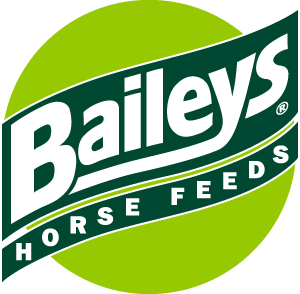
- Does the horse have, or have history of any clinical issues, for example, laminitis, tying up, colic etc.?
- Are they typically a good-doer (maintain/gain weight easily) or poor-doer (prone to dropping weight/struggle to hold condition)?
- What is their current diet? How long have they been on this for?
- Do they have any dental issues that make eating grass/hay/haylage difficult and therefore need forage replacement?
- If the horse is underweight, ask
- How long they have been this way?
- Do they eat enough forage?
- Have there been any changes in their management?
- If the horse is overweight, ask
- Are they always overweight?
- Do they have EMS or Cushing’s Disease, or even had laminitis?
- Are they on restricted grazing?
- What is their temperament/energy levels like?
Devoucoux – achieving the most from your horse
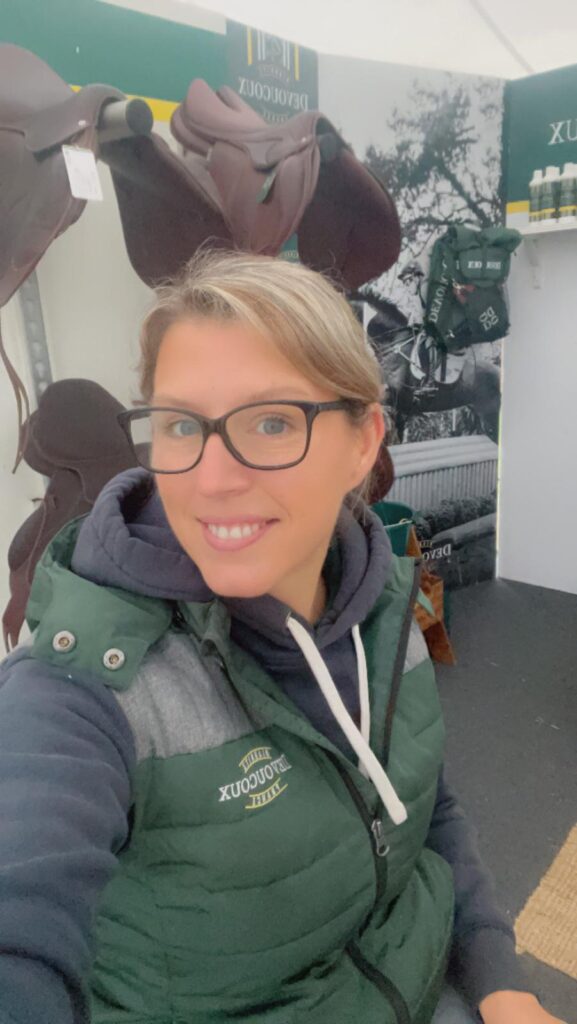 Cheap clothes rub and pinch… saddlery is just the same. A saddle fitting is one of the most important elements to ensure you get the most out of your horse. A correctly fitting saddle will allow free movement through the shoulder, muscle mass and the back, whilst also ensuring the rider’s weight is evenly distributed.
A professional saddle fitter will draw chalk marks on your horse, they will decipher the area required for shoulder and muscle mass movement and where the strongest part of the horse’s back is to ensure the saddle is the correct length.
Devoucoux have produced the ultimate saddles since 1985, combining French style with the finest leather and pioneering technology in the interest of equine welfare and the environment. With a focus on rider and horse morphology it’s no surprise that Pippa and William Funnel and Zara Tindall are just a few of the professional riders who use Devoucoux. Why do Devoucoux saddles stand out from the rest? Attention to detail begins at the start of the process, the Company source and tan their own leather, using the very best. They have invested heavily (€2million) into their new vegetable tanning process, an environmentally friendly decision which gives the leather greater UV protection; these saddles are designed to last. Devoucoux saddlers work with both the horse and rider in mind. Machine produced 3D foam panels make the saddles entirely symmetrical, unlike a traditional block saddle. A choice of trees (wooden or dynamic – standard or split), allows the horse to move freely in the hind quarters. A Devoucoux ‘waist’ is wider, three to four inches, (a standard saddle has approximately a one-inch waist) correctly distributing the rider’s weight and decreasing potential back pain for the horse.
The monoflap saddles enable close contact with the horse and freedom of the muscle mass for movement with the unique girthing system. Ultimately a Devoucoux saddle will fit the horse through the use of their panels and girthing system and the rider’s seat and legs through the length and cut of the saddle flap. Investing in a saddle will show in your horse’s competition results!
Cheap clothes rub and pinch… saddlery is just the same. A saddle fitting is one of the most important elements to ensure you get the most out of your horse. A correctly fitting saddle will allow free movement through the shoulder, muscle mass and the back, whilst also ensuring the rider’s weight is evenly distributed.
A professional saddle fitter will draw chalk marks on your horse, they will decipher the area required for shoulder and muscle mass movement and where the strongest part of the horse’s back is to ensure the saddle is the correct length.
Devoucoux have produced the ultimate saddles since 1985, combining French style with the finest leather and pioneering technology in the interest of equine welfare and the environment. With a focus on rider and horse morphology it’s no surprise that Pippa and William Funnel and Zara Tindall are just a few of the professional riders who use Devoucoux. Why do Devoucoux saddles stand out from the rest? Attention to detail begins at the start of the process, the Company source and tan their own leather, using the very best. They have invested heavily (€2million) into their new vegetable tanning process, an environmentally friendly decision which gives the leather greater UV protection; these saddles are designed to last. Devoucoux saddlers work with both the horse and rider in mind. Machine produced 3D foam panels make the saddles entirely symmetrical, unlike a traditional block saddle. A choice of trees (wooden or dynamic – standard or split), allows the horse to move freely in the hind quarters. A Devoucoux ‘waist’ is wider, three to four inches, (a standard saddle has approximately a one-inch waist) correctly distributing the rider’s weight and decreasing potential back pain for the horse.
The monoflap saddles enable close contact with the horse and freedom of the muscle mass for movement with the unique girthing system. Ultimately a Devoucoux saddle will fit the horse through the use of their panels and girthing system and the rider’s seat and legs through the length and cut of the saddle flap. Investing in a saddle will show in your horse’s competition results!
Oakley Horseboxes – Transport Considerations
“Safety, comfort and welfare are paramount when transporting horses. It’s crucial to consider these points when purchasing either a trailer or lorry. Consider the materials used – aluminium and stainless steel prevent rotting and rusting. Check the ramp, chassis, partitions and fastenings are strong and look for sharp edges. Ventilation, lighting and CCTV all contribute to improving welfare, particularly for long journeys.” Customers need to consider the practicalities of driving and storing 3.5T, 7.5T, 12T or 18T lorries. Think about the areas and road types travelled, ULEZ and other control zones. ‘The world’s most sought after horseboxes’, Oakley, were the pioneers of living space within horseboxes. They have taken custom built luxury and comfort to meet 6-star hotel standards with pop-outs, satellite TV, granite worksurfaces and spa like bathroom facilities.
Justin Bennett, Sales & Design Manager for Oakley Horseboxes

